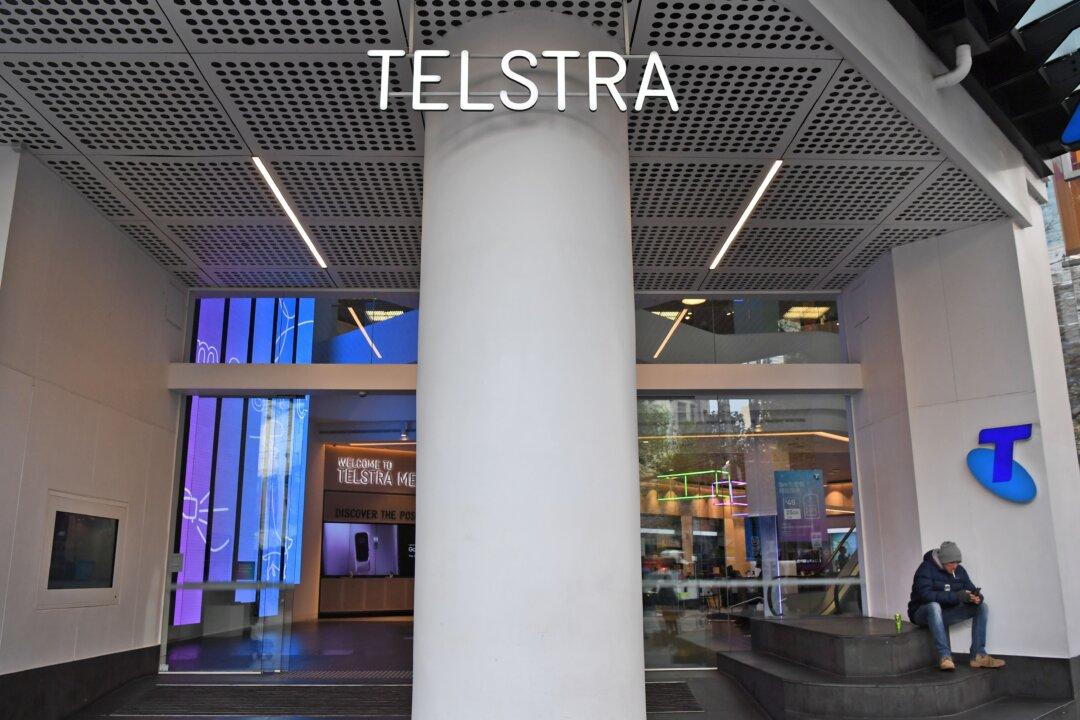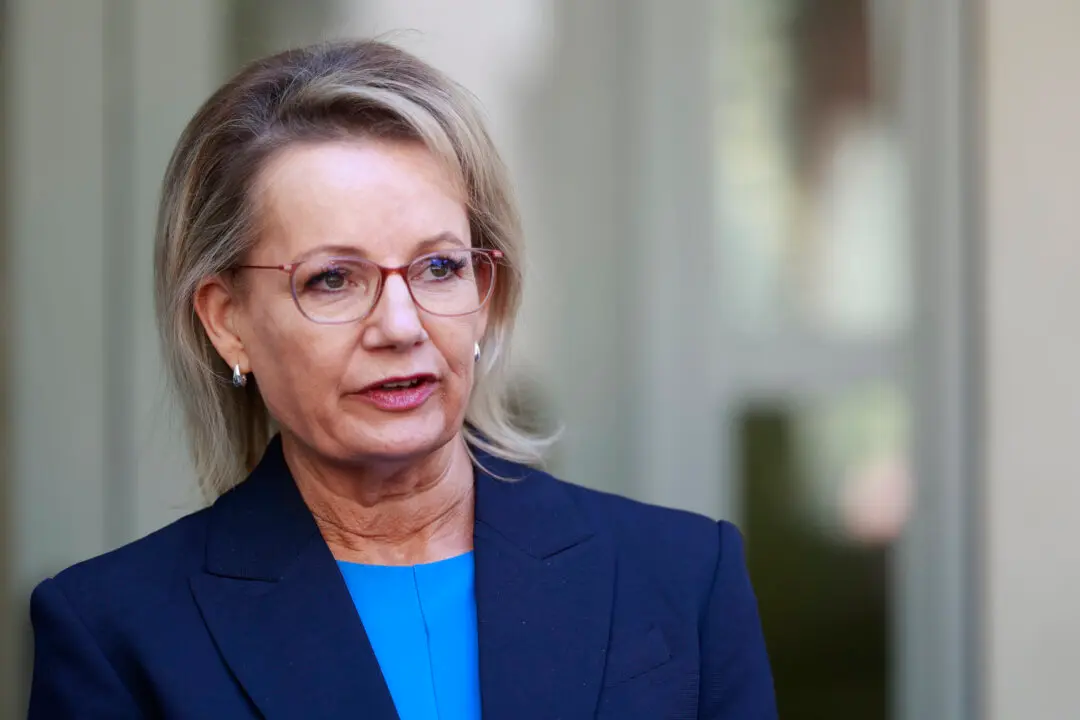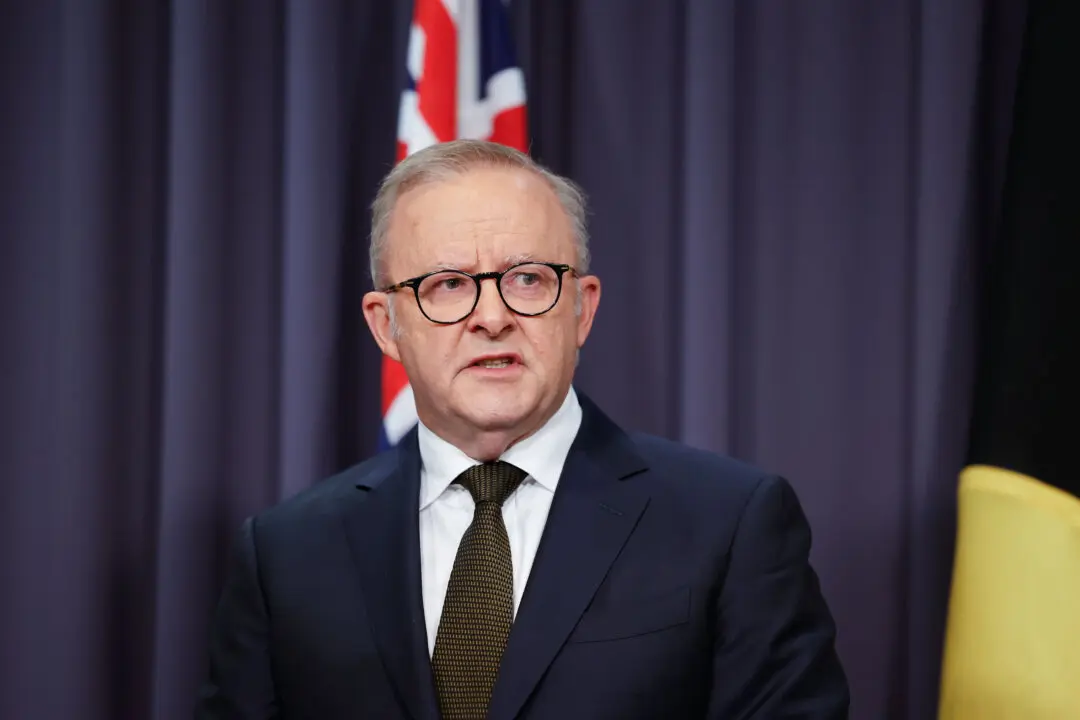Australia’s leading telecommunications company, Telstra, has announced a collaboration with Elon Musk’s SpaceX to provide satellite connectivity to rural and remote regions.
The company now becomes the second major Australian telco to enter the direct-to-handset satellite communications space, following Optus’s earlier announcement.





